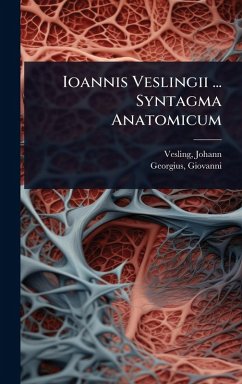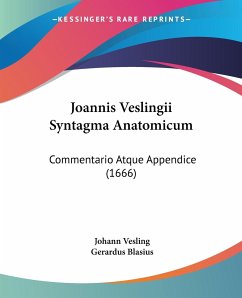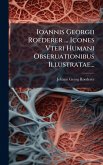Ioannis Veslingii ... Syntagma Anatomicum, published in 1647, represents a significant contribution to the field of anatomy during the 17th century. Authored by Johann Vesling, also known as Ioannis Veslingius, this anatomical treatise offers a comprehensive overview of the human body, reflecting the state of medical knowledge at the time. The work is notable for its detailed descriptions and illustrations, providing valuable insights into the anatomical understanding and practices of the period. This historical text is an essential resource for scholars and enthusiasts interested in the history of medicine, anatomy, and scientific illustration. Vesling's "Syntagma Anatomicum" stands as a testament to the evolving understanding of human anatomy and the dedication of early medical practitioners to explore and document the intricacies of the human body. Its enduring value lies in its detailed observations and artistic renderings, making it a cornerstone of anatomical literature. This work has been selected by scholars as being culturally important, and is part of the knowledge base of civilization as we know it. This work was reproduced from the original artifact, and remains as true to the original work as possible. Therefore, you will see the original copyright references, library stamps (as most of these works have been housed in our most important libraries around the world), and other notations in the work. This work is in the public domain in the United States of America, and possibly other nations. Within the United States, you may freely copy and distribute this work, as no entity (individual or corporate) has a copyright on the body of the work. As a reproduction of a historical artifact, this work may contain missing or blurred pages, poor pictures, errant marks, etc. Scholars believe, and we concur, that this work is important enough to be preserved, reproduced, and made generally available to the public. We appreciate your support of the preservation process, and thank you for being an important part of keeping this knowledge alive and relevant.
Bitte wählen Sie Ihr Anliegen aus.
Rechnungen
Retourenschein anfordern
Bestellstatus
Storno








